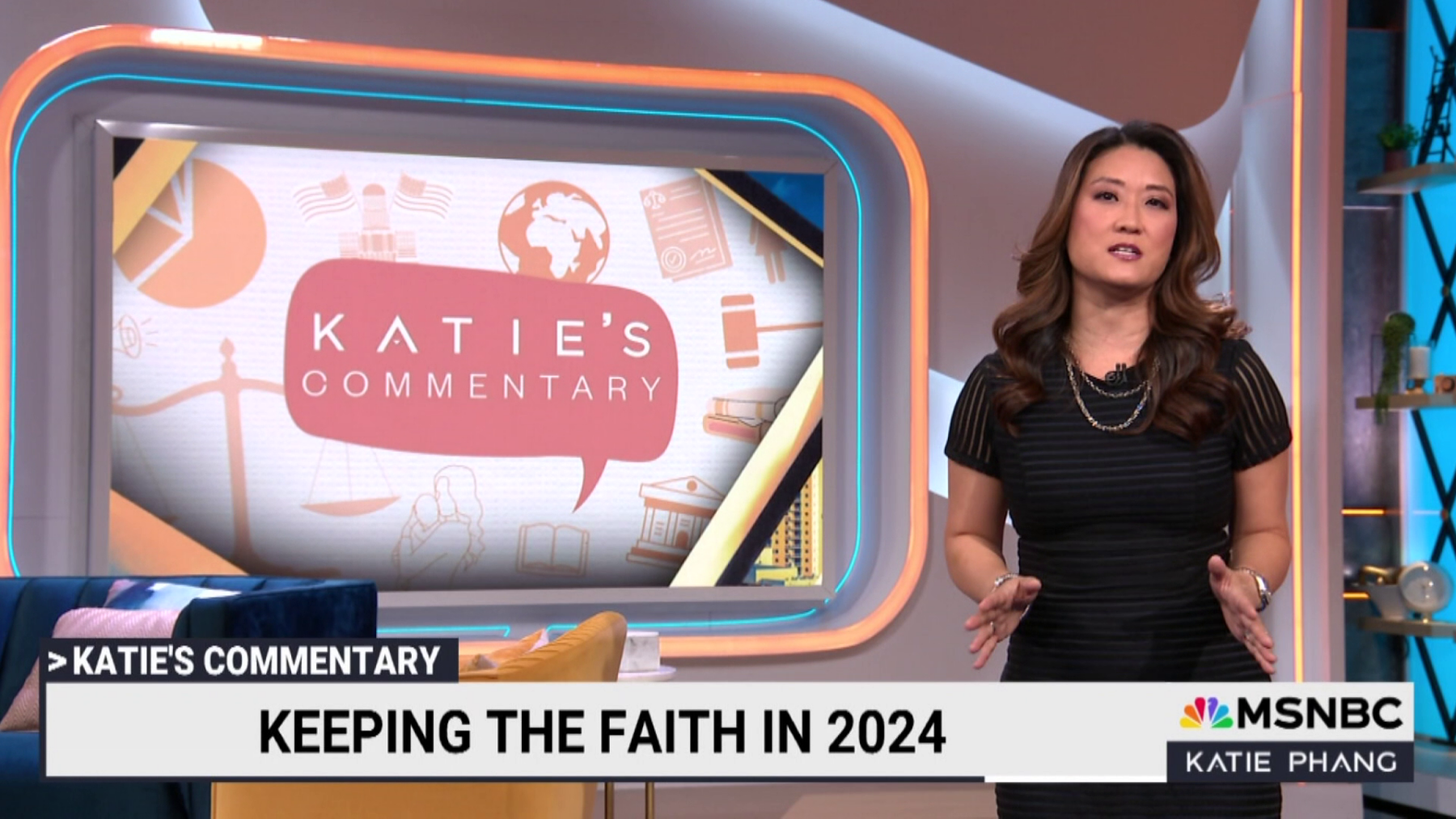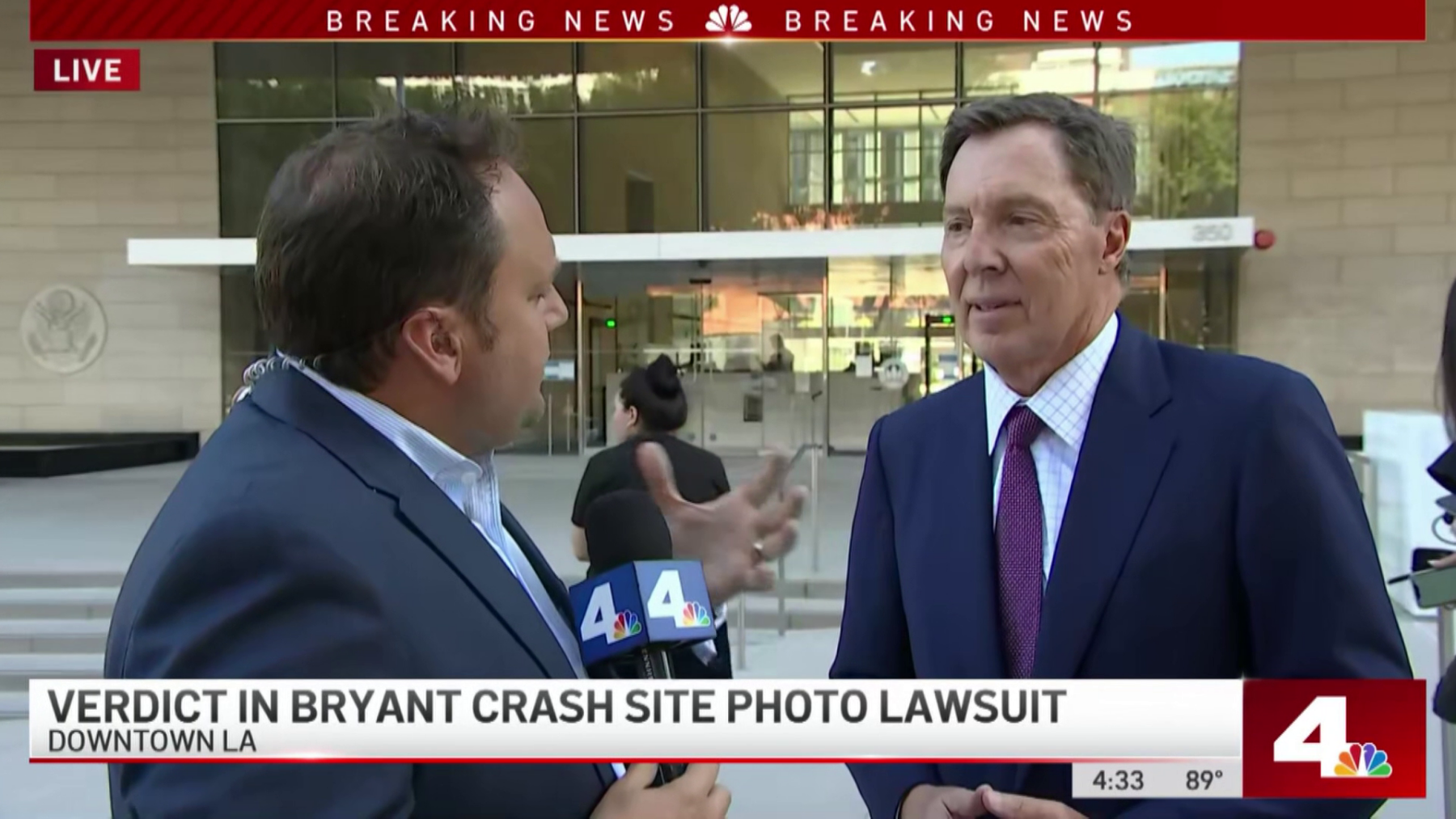The words that flash at the bottom of a newscast have several names, including “lower third,” “banners” and “supers.” There’s even a brand name – Chyron – that was once so commonplace that some people still say “chyrons.”
Chyrons, or lower thirds, can be thought of as headlines accompanying an on-air news story. They can convey overall summaries of stories, explain key events, identify people and share background information that may not be covered in a segment.
In the video above, Denise Hendricks, executive producer of MSNBC’s “The Katie Phang Show,” draws on over 20 years of experience in TV news production to explain how to create concise, accurate and effective lower thirds. Read more of her advice below.
Studying examples of lower thirds
- When watching broadcast, cable or streaming news, news, turn down the sound and write what you see on-screen.
Writing lower thirds
- Keep it simple, punchy and concise.
- Avoid bias and personal commentary.
- Include titles of key figures so viewers understand their connection to the report.
- If you need more space, consider making a fullscreen graphic.
Verifying facts and using attribution
- Any information not independently verified needs an attribution, usually at the beginning.
- Sources are often abbreviated, like “WAPO” for Washington Post.
Reviewing lower thirds
- Check for misspellings. Typos are embarrassing.
- Read out loud to double-check wording and grammar.
- Have other people check your work. Several producers and editors usually review lower thirds before they appear on TV.
- Errors happen. Correct them immediately.






